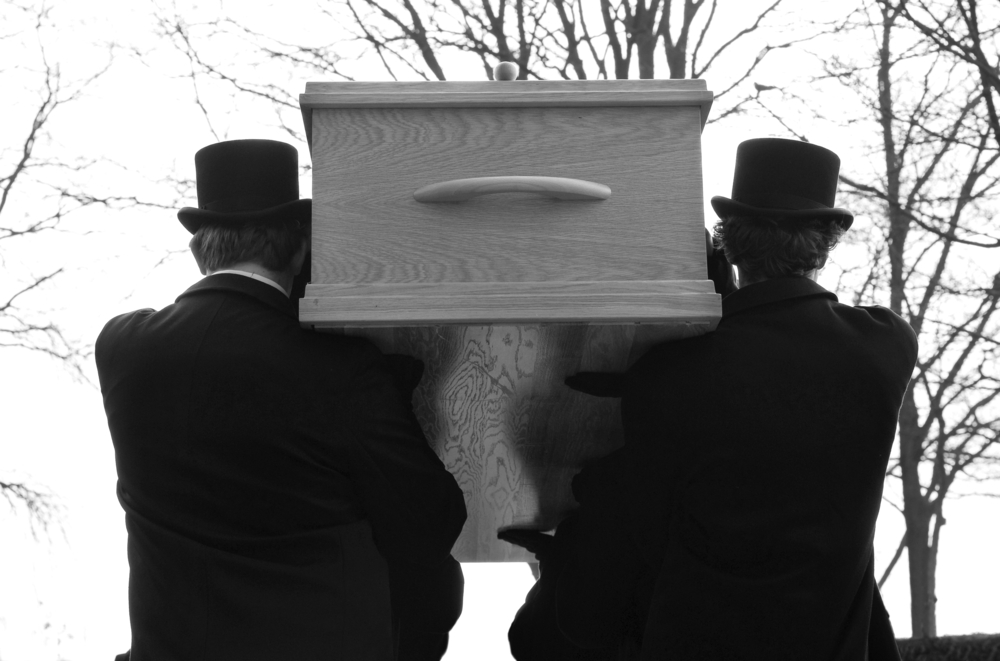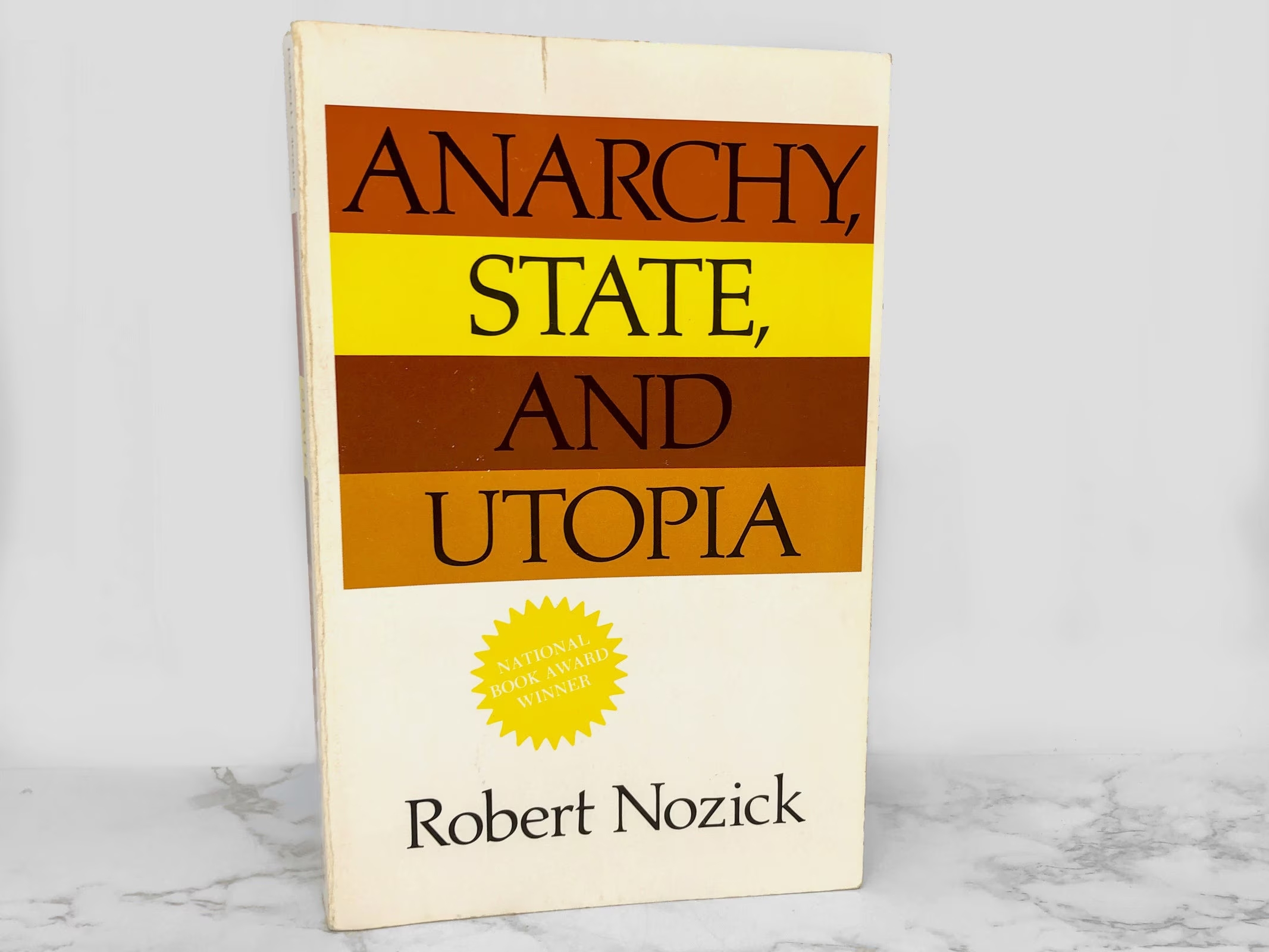Since long before human beings were fully human, males have in general wanted more sex than females were willing to supply. And by the basic laws of economics, any demand will inevitably be met by someone willing to supply, if the price is right. Chimpanzees trade food for sex,1 and every human society ever recorded has a certain fraction of women who, for a fee, will provide sex to men outside of formal relationships such as marriage. In pre-industrial times sex work was one of the few ways a woman could make a good living for herself, and it is estimated that in the nineteenth century about 5.5% of the female population of the typical European or North American city was thus employed.2 Then, as now, businesspeople will often go where others fear to tread, so the fraction of sex workers among the earliest settlers in any land is always disproportionately high; in many Western frontier towns they were virtually the only women to be found, 3 and so many of the early female inhabitants of New Orleans were prostitutes that when a priest suggested to one of the first governors of Louisiana that he banish all “disreputable women”, the governor replied, “If I send away all the loose females, there will be no women left here at all.” 4
The governor’s attitude was not at all unusual for his time; though clergymen and moralists might press for the persecution of sex workers, government was largely uninterested. Prostitution was accepted as a fact of life even by those who disapproved of it, and the majority of American laws on the subject were municipal ordinances dealing with where, when and how a professional might ply her trade. 5 That started to change around the mid-19th century; the Age of Steam made it possible for large numbers of people to move about the globe freely in a way previously unprecedented in human history. 6 While before long-distance travel was for the few and the migration of large groups was a slow, arduous, overland process, the railroad and the steamship made it relatively inexpensive for individuals seeking a better life to go almost anywhere on Earth where they thought such a better life might be found. 7 Many of those migrants chose to seek their fortunes in the young and relatively open United States, much to the chagrin of the white Anglo-Saxon Protestants who dominated the country at that time. 8 And though the Jews, Irish, and Italians all suffered from prevailing racism, they were all at least European and their customs were not quite so alien. 9 When Chinese immigrants began to pour into California, however, it was another matter entirely; white Americans feared these new arrivals whose ways were so different from their own.10 Congress was loath to ban anyone from immigration on the basis of race or national origin, so it chose a stealthier approach: most female Chinese immigrants of the time were either prostitutes or second wives in polygamous marriages, so in 1875 Congress passed the Page Law, which banned the immigration of women for “lewd and immoral purposes”.11 In a way, the law backfired; Chinese men flooded into the country anyway (especially into California and New York), and since there was a shortage of Chinese women, many of them either patronized white prostitutes or set up small brothels and hired them; others married or cohabited with working-class white women.12 The self-appointed guardians of public morality were scandalized, and the seeds of moral panic were sown.
The existence of prostitutes required considerable cognitive gymnastics to reconcile with the Victorian view that women were intrinsically asexual. 13 While some writers opined that prostitutes were simply “lazy”14 and wished to avoid “real work,”15 the popular scholarly view was that prostitutes represented regressions to a more “primitive” type of woman.16 This racist view could be used to explain away non-European sex workers or those of supposedly “degraded” nationalities, but those involved in the increasingly popular “rescue” movement17 soon discovered to their horror that there were more than a few Anglo-Saxon prostitutes, including some middle-class girls of “good breeding” and education.18 It was therefore proposed that white prostitutes “had…fallen into the hands of ‘professional seducers’, who had manipulated their sexless victims into submission.”19 This narrative of helpless young white women forced into a life of exploitation, had tremendous popular appeal; it was heavily promoted from the 1880s on by organizations like the Salvation Army20 and found especially fertile soil in areas where white prostitutes worked alongside those of other ethnicities or catered to a nonwhite clientele. The myth of “white slavery”21 (as it was then called) also appealed to middle-class discomfort with female autonomy; if women who travelled large distances and made their way by either casual or professional prostitution could be cast as the victims of evil men, there was no need to rethink the notion of female helplessness.22 Women working as prostitutes far from their original homes did not get there by their own devices and then make the pragmatic decision to do a form of labor which paid vastly more than other “women’s work” and offered much better conditions; 23 no, they were brought there against their wills and forced into it by evil (but far more competent) men. Like all moral panics, the “white slavery” hysteria thus cast a challenge to prevailing social norms as a threat from outside forces to be fought.24
By the end of the first decade of the 20th century, America was consumed with a moral fervor to “rescue” helpless damsels in distress from sex and autonomy. “White slavery” became a popular theme of books, plays and the new motion pictures, and politicians were close behind; in 1910 Congress passed the infamously-vague25 White Slave Traffic Act (better known as the Mann Act),26 and in the next four years literally every American state criminalized prostitution itself,27 regardless of whether the woman was coerced. Before 1910, the actual transaction was not illegal in any state; by the end of 1914, it was illegal in all of them. To be sure, brothels were officially tolerated beyond that date in several places (New Orleans until 1917,28 Honolulu until 194429), and unofficially in many others for decades (New York Mayor La Guardia’s campaign against adult businesses in the mid-1930s demonstrated how common they were there30). But in general, prostitution in the United States was marginalized and persecuted from that point onward. In the second half of the 19th century, brothels had grown steadily larger and more opulent, employing ever-larger numbers of women in comfortable, safe surroundings which produced a tremendous amount of revenue for local governments; “parlor houses” like New Orleans’ Mahogany Hall and The Arlington, Chicago’s Everleigh Club, 31 and Mary Ann Hall’s in Washington DC32 were their times’ equivalent of Las Vegas, upscale entertainment for adults where sex was but one of the attractions. But after the advent of criminalization, all that was over, and sex workers were pushed into the shadows in much the same way as was another consensual activity just a few years later with the arrival of Prohibition. But while the country repented of the latter just a few years later in 1932, prostitution remained criminalized and Americans now seem to take for granted that this is simply the way things are.
For decades, sex work continued in the shadows; sex could be purchased at massage parlors, independent workers looked for likely customers at bars and hotels, and those who provided outstanding service drew referrals by word of mouth just as other businesses do. By the 1950s escort services started to become popular, and for the most part enforcement of the law concentrated on street workers, the smallest (roughly 15% of all American sex workers33) but most visible segment of the market. But those who were charged found themselves permanently stigmatized, unable to get other work because of a criminal record. Margo St. James, who founded COYOTE (the first sex worker rights organization) in 1973, argued that state control of women’s sexual behavior was something the young feminist movement should fight, and many feminists agreed: NOW made it part of their platform that same year.34 For a while, it looked as though the prohibition of sex work might soon follow the prohibition of alcohol: The gay rights movement was started by gay sex workers at the Stonewall Inn in 1969,35 Nevada had legalized closed brothels in 1971, 36 the Roe v. Wade decision was announced in 1973, and in 1976 COYOTE filed the lawsuit which would eventually (in 1980) lead to the settlement which decriminalized prostitution in Rhode Island until it was re-criminalized by new legislation in 2009.37 Unfortunately, all this ended with the AIDS epidemic, which allowed those who oppose sexual freedom to gain ascendancy both in the feminist movement and among the general public.
But after a lull of almost two decades, the US sex worker rights movement, inspired by the achievements of activists in Europe and Australia, returned to prominence. The internet, by making advertising and client screening cheap and easy, has enabled more sex workers than ever to work independently, out of sight of the police; the street segment of the market is now smaller than it’s ever been. At the same time, the internet has allowed sex workers to speak for themselves via blogging and social media, thus dispelling myths and allowing many more people to learn the truth of their lives. Of course, this has upset and infuriated those who wish sex workers persecuted and suppressed, so they have revived the old “white slavery” hysteria under a new name and redoubled their efforts to criminalize it. But such campaigns cannot last forever; in 2012 the United Nations adopted a policy of encouraging the decriminalization of sex work, 38 and many other prominent human rights organizations have as well. Supreme Court Justice Antonin Scalia has stated that he feels the court’s 2003 Lawrence v. Texas decision (which declared sodomy laws unconstitutional) also invalidates prostitution law,39 so perhaps all that is needed is a test case to open the next chapter in the long history of sex work in the United States.
Republished with permission of the author. Originally published April 2012.
The Forms of Things Unknown: Short Stories by Maggie McNeill. JUST RELEASED!
Buy your copy now at Amazon or your favorite bookseller.
Signed copies will soon be available for sale by Maggie McNeill via her website as well.
1 Maggie McNeill, An Older Profession Than You May Have Thought, THE HONEST COURTESAN (October 12, 2010), http://maggiemcneill.wordpress.com/2010/10/12/an-older-profession-than-you-may-have-thought/.
2 NICKIE ROBERTS, WHORES IN HISTORY: PROSTITUTION IN WESTERN SOCIETY 222 (1992).
3 See generally THADDEUS RUSSELL, A RENEGADE HISTORY OF THE UNITED STATES, Chapter 4 (2010).
4 Maggie McNeill, Storyville, THE HONEST COURTESAN (September 3, 2010), http://maggiemcneill.wordpress.com/2010/09/03/storyville/.
5 Historical Timeline of Prostitution, PROCON.ORG (last updated Jan. 31, 2012, 12:38 PM), http://prostitution.procon.org/view.resource.php?resourceID=000117.
6 See generally Ran Abramitzky et al., Europe’s Tired, Poor, Huddled Masses: Self-Selection and Economic Outcomes in the Age of Mass Migration, 102 AM. ECON. REV. 1832, 1832, 1836 (2012).
7 See generally Charles A. Wills, European Emigration, PBS.COM, http://www.pbs.org/destinationamerica/usim_wn.html (last visited August 18, 2013).
8 See generally Abramitzsky et al., supra note 6.
9 See generally LEONARD DINNERSTEIN, THE SUPREME COURT AND THE RIGHTS OF ALIENS (reprinted from THIS CONSTITUTION: A BICENTENNIAL CHRONICLE (1985)).
10 See generally Kerry Abrams, Polygamy, Prostitution, and the Federalization of Immigration Law, 105 COLUM. L. REV. 641, 642–43 (2005).
11 Id. at 643.
12 See Mary Ting Yi Lui, Saving Young Girls from Chinatown: White Slavery and Woman Suffrage, 1910–1920, 18 J. HIST. SEXUALITY 393, 394–95, 413 (2009).
13 Maggie McNeill, Déjà Vu, THE HONEST COURTESAN (June 25, 2011), http://maggiemcneill.wordpress.com/2011/06/25/deja-vu/.
14 Id.
15 Id.
16 Id.
17 See generally Lucy Bland, ‘Purifying’ the Public World: Feminist Vigilantes in Late Victorian England, 1 WOMEN’S HIST. REV. 397, 400–01, 407 (1992).
18 NICKIE ROBERTS, WHORES IN HISTORY: PROSTITUTION IN WESTERN SOCIETY 211–12, 218–19 (1992).
19 ROBERTS, supra note 18, at 225.
20 See generally Maxwell Ryan, Rescue the Perishing, SALVATIONIST.CA (May 17, 2011), http://salvationist.ca/2011/05/rescue-the-perishing/.
21 See generally LAURA MARIA AGUSTÍN, SEX AT THE MARGINS: MIGRATION, LABOUR MARKETS AND THE RESCUE INDUSTRY 119 (2007).
22 See id.
23 NICKIE ROBERTS, WHORES IN HISTORY: PROSTITUTION IN WESTERN SOCIETY 231 (1992)..
24 See generally STANLEY COHEN, FOLK DEVILS AND MORAL PANICS 9 (1972) (broadly discussing a wide variety of “moral panics,” defined by that author as occurring when a “condition, episode, person or group of persons emerges to become defined as a threat to societal values and interests”).
25 See Javier Lavagnino, What is the Mann Act and is It Still Used by Law Enforcement?, FINDLAW BLOTTER (April 1, 2009, 10:02 AM), http://blogs.findlaw.com/blotter/2009/04/what-is-the-mann-act-and-is-it-still-used-by-lawenforcement.html (discussing the broadness and vagueness of the Act, and ways in which this has led to abuse of the Act for racial or political purposes).
26 Historical Timeline of Prostitution, PROCON.ORG (last updated Jan. 31, 2012, 12:38 PM), http://prostitution.procon.org/view.resource.php?resourceID=000117; see also White-Slave Traffic (Mann) Act, ch. 395, 36 Stat. 825 (1910).
27 See Historical Timeline of Prostitution, supra note 26.
28 Maggie McNeill, Storyville, THE HONEST COURTESAN (September 3, 2010), http://maggiemcneill.wordpress.com/2010/09/03/storyville/.
29 Maggie McNeill, Honolulu Harlots, THE HONEST COURTESAN (July 5, 2011), http://maggiemcneill.wordpress.com/2011/07/05/honolulu-harlots/.
30 Maggie McNeill, Polly Adler, THE HONEST COURTESAN (July 12, 2012), http://maggiemcneill.wordpress.com/2012/07/12/polly-adler/.
31 ROBERTS, supra note 18, at 209-212.
32 T. Rees Shapiro, D.C.’s Civil War Madam Could Keep a Secret, THE WASHINGTON POST (Apr. 29, 2013), http://www.washingtonpost.com/lifestyle/style/washingtons-civil-war-madam-could-keep-asecret/2013/04/26/515aa746-7143-11e2-ac36-3d8d9dcaa2e2_story.html.
33 Prostitution in the United states: The Statistics, PROSTITUTES’ EDUCATION NETWORK (last visited Oct. 15, 2013), http://www.bayswan.org/stats.html
34 Maggie McNeill, Coyote Beauty, THE HONEST COURTESAN (May 13, 2013), http://maggiemcneill.wordpress.com/2013/05/13/coyote-beauty/.
35 Stonewall Riots, WIKIPEDIA (last visited Oct. 15, 2013), http://en.wikipedia.org/wiki/Stonewall_riots
36 See Historical Timeline of Prostitution, supra note 26.
37 Maggie McNeill, Challenge, THE HONEST COURTESAN (May 2, 2013), http://maggiemcneill.wordpress.com/2013/05/02/challenge/.
38 New UN report takes a stark look at links between sex work, HIV and the law in Asia and the Pacific, UNITED NATIONS DEVELOPMENT PROGRAMME (Oct. 18, 2012), http://www.undp.org/content/undp/en/home/presscenter/pressreleases/2012/10/18/new-un-report-takes-a-stark-lookat-links-between-sex-work-hiv-and-the-law-in-asia-and-the-pacific.html
39 Maggie McNeill, Peeping Toms, THE HONEST COURTESAN (July 27, 2011), http://maggiemcneill.wordpress.com/2011/07/27/peeping-toms/.
(The section on the development of “white slavery” hysteria from the influx of Chinese immigrants was adapted by the author from her paper “Mind-witness Testimony”, to be published in the Albany Government Law Review, Spring 2014.)












